Know Your Place #8 Austin Hospital
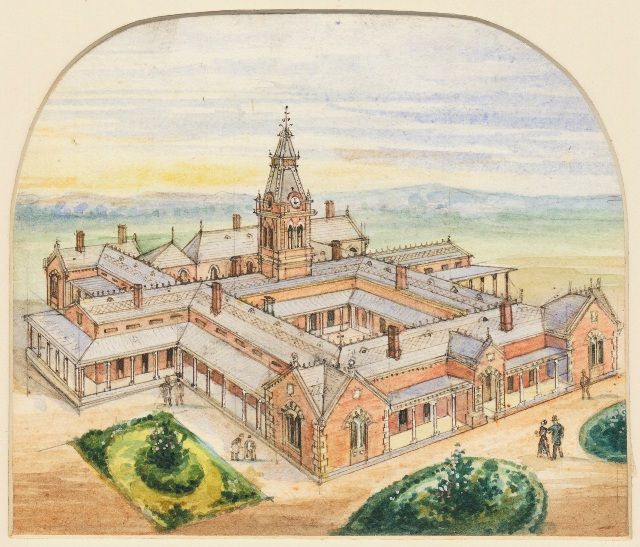
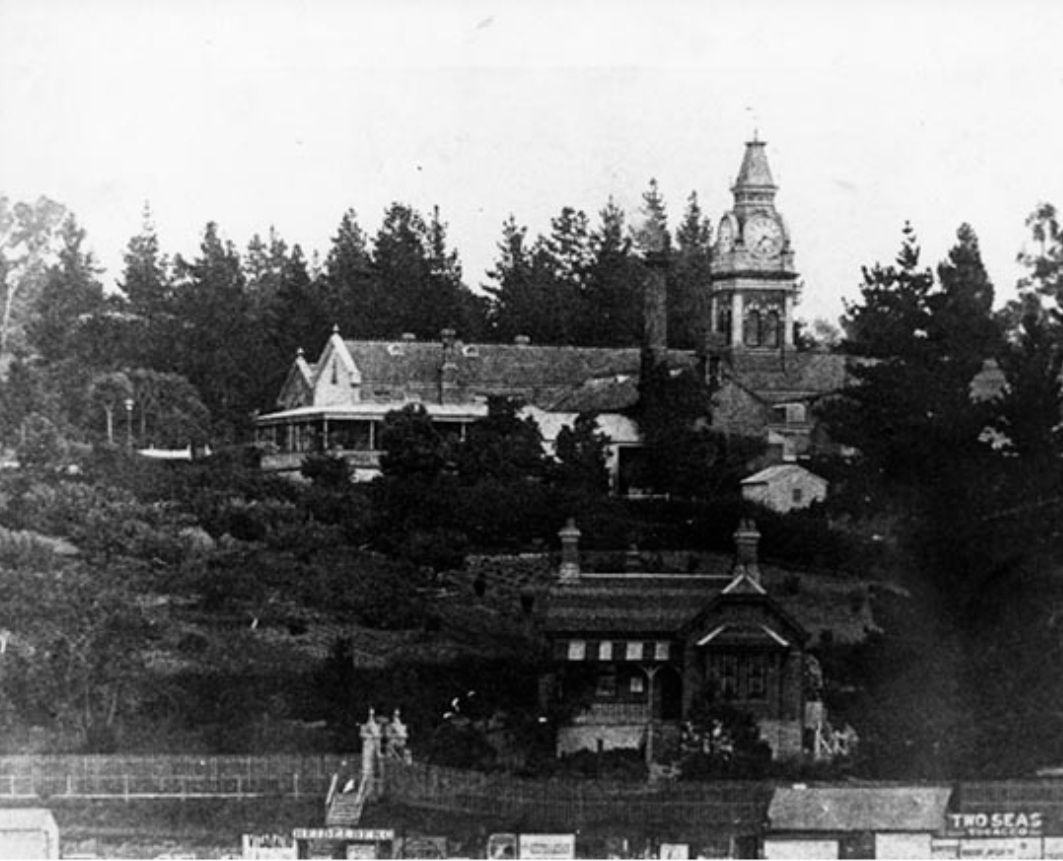
Well it is 3:35 p.m. but when? The Austin clock tells the time, the Heidelberg Railway Station points to around 1900.
The hospital complex that is adjacent the Heidelberg Station began as the Austin Hospital for the Incurables.
Medical knowledge, care and facilities progressed quickly, and the term "incurables" lapsed.
Thankfully.
The back story to the magnificent founding gift of £6000 in 1880 by the widowed Elizabeth Austin of Barwon Park (near Winchelsea) is a testament to her character.
The Austins, Thomas & Elizabeth, had married in 1845, migrated to Victoria, and became wealthy pastoralists
They brought out from England a cook named Louisa, who was still in service with the family in the late 1870s.
From the middle the 1800s, the churches in Melbourne were agitating for a hospital in Victoria to house patients with incurable diseases.
Subscriptions were thin, and it seemed that the hospital would never be built.
It was at this time that Louisa told her mistress that she would have to cease work due to being diagnosed with tuberculosis.
It meant that she would enter the badly equipped prison hospital - this being the only hospital accommodation then for immigrants with incurable sicknesses.
The exact story of how Louisa's plight decided Mrs Austin to donate the money for a hospital is obscure.
Mrs Austin's historic personal donation totalled £6,000. Acting on an energetic committee, she managed to get, together with her own donation, £11,105/1/8.
This, in those times, was enough to begin building, on a 17 acre block of land donated by the state Government at Heidelberg.
On January 24, 1882, the hospital was incorporated as the "Austin Hospital for Incurables."
Louisa was among the first patients in the Austin Hospital, and although she died eventually from tuberculosis, there were many women and men who were able to look back across the sunny lawns of the hospital as they walked through the gate as cured men and women.
In 1888 the Heidelberg rail line opened, terminating at a station immediately below the ornate hospital building and its landscaped grounds.
Elizabeth Austin continued to be involved in the hospital management and fund-raising, which included adding a Childrens Ward in 1901.
Elizabeth Austin died in 1910.
Her descendants carried on her roles in the hospital until at least 1940.
There were other generous benefactors in the early 1900s.
The Kronheimer Wing was funded through a donation of £5,000 in 1903 from Joseph Kronheimer, a wealthy tobacco importer and philanthropist. Despite objections from local residents, the Wing was built in 1905 to provide more beds for (ironic given what we subsequently learned about tobacco smoke and lung disease) tuberculosis patients.
A decade later William Drummond, a Collins Street Jeweller, donated 7,000 pounds, in April 1913, for a nurses home which was to be named in memory of his deceased wife, Marian.
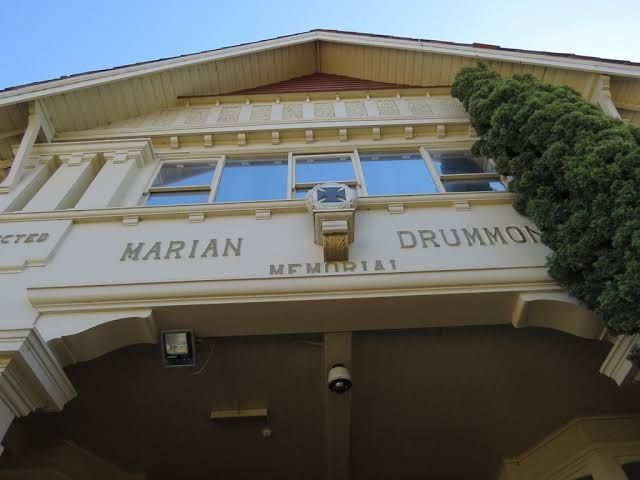
A further 1,000 pounds was given for the building's completion in September 1914 when it was opened by the wife of Alderman Strong, who had been chairman of the building committee.
It provided 60 rooms divided into a heirarchy for matrons, sisters, nurses, night-duty staff and maids. Later it was used for resident doctors accommodation.
Internally the building was furnished in blackwood and oak and boasted 'padded' floors in the night-duty section.
It still stands in the middle of the hospital grounds.
More recently the Austin has seen dramatic expansions.
The Repatriation Hospital was merged into the Austin in 1995.
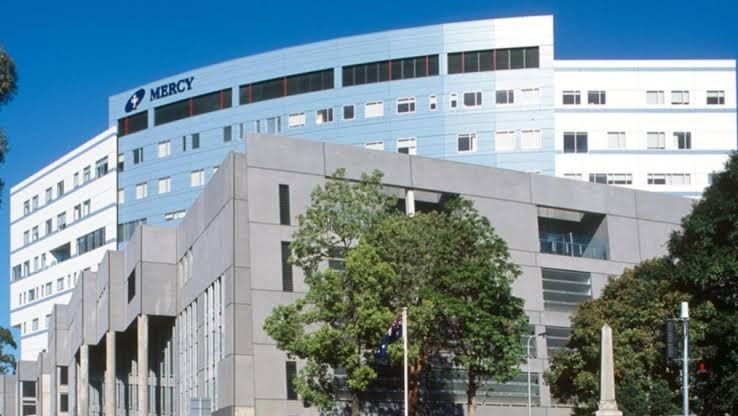
In 2005 The Mercy Womens and Childrens Hospital relocated from East Melbourne, then the Olivia Newton John Cancer and Wellness Centre was built in 2012.
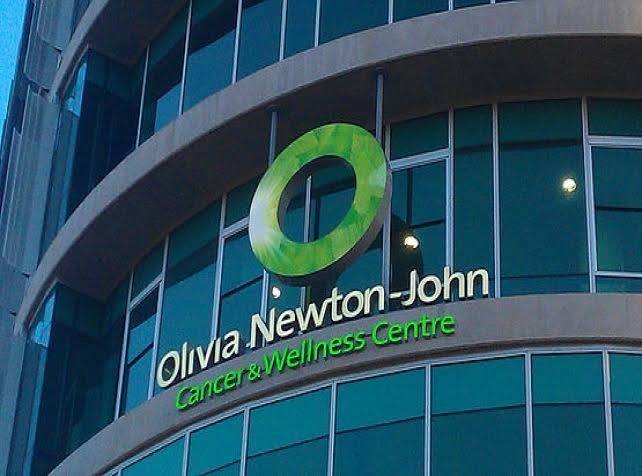
What we see on the site today is a world class, complex medical precinct, joined by the nearby private hospitals and specialist suites.
Thank you Elizabeth Austin.
Member discussion